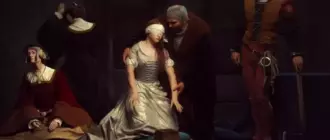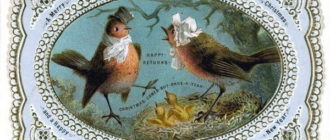
The Fleming Collection celebrates 50 years
The history of the Fleming collection has a rather modest beginning. In 1968, in order to slightly decorate the London office of the bank Robert Fleming & Co., the first works of art were purchased. From the very beginning it was decided that only paintings by Scottish masters would be bought. It was a kind of tribute to Robert Fleming, the founder of the bank, who was born in 1845 in the Scottish city of Dundee.

Now the Fleming Collection includes more than 600 paintings. And this year she celebrates her fiftieth birthday. The anniversary of the Fleming collection will be celebrated with two exhibitions. One of them is called “Radicals, Pioneers and Rebels.” It will run until 3 September at the Fine Arts Society of Edinburgh. The main theme of the exhibition is the events of the 18th and 19th centuries, known as the “Expulsion of the Gauls”.
The lands that previously belonged to the clans were transferred to private ownership. And with the introduction of sheep breeding in the Highlands, the owners drove out the tenants in order to drive more sheep to the farms. The key work of the exhibition is the painting “The last of the clan” by Thomas Faed.

The second, Rhythm of Light: Scottish Colourists from the Fleming Collection, will take place at the Maclaurin Gallery (Ayr, Scotland). Here the public will be presented with the work of artists such as John Duncan Ferguson, George Leslie Hunter, Francis Cadell.
James Knox (Head of the Fleming Collection) stated that the main purpose of the exhibitions is to introduce the public to the work of Scottish artists and to popularize Scottish art.






